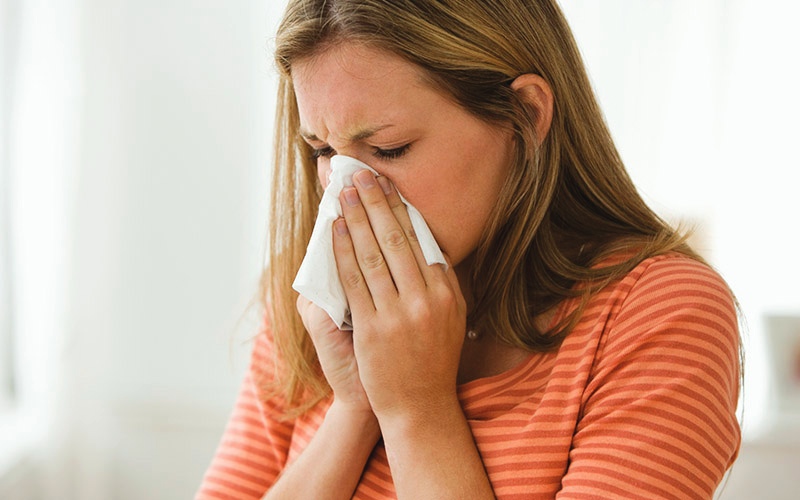As Louisiana homes become increasingly airtight, indoor air quality can suffer from insufficient ventilation. Here’s how to know if your home has indoor air issues, and here’s what to do if it does:
Unpleasant Indoor Air Quality Symptoms Disappear When You’re Outside
Symptoms that only occur when you’re inside your home are a dead giveaway of poor indoor air. Here are some symptoms you might have experienced:
- Nausea
- Congestion, watery eyes and runny nose
- Coughing, sneezing or sore throat
- Fatigue and dizziness
- Nosebleeds or headaches
- Breathing difficulties
- Fever or chills
- Rashes
Indoor Air Quality Suffers When You See Biologic Growth
Biologica growth can show up as black or green spots on damp bathroom surfaces. These spores thrive in warm, moist environments with poor air circulation. They can grow inside your ducts and in your HVAC equipment.
Indoor Humidity Is Too High or Too Low
Ideal indoor humidity is between 30 and 50 percent. High humidity is associated with the growth of biologic particulates and viruses and bacteria that cause illness. Humidity that’s too low can cause skin rashes, itchy eyes, sinus issues and respiratory infections. Humidity issues are easily remedied with a humidifier or a dehumidifier.
Dirty Ductwork Contributes to Poor Indoor Air Quality
Excessive dust on indoor surfaces and around your vents usually means dirty ductwork. Ducts can contain microbes, dander, mites, pollen and other irritants that continually blow into your living space. Cleaning and sealing can remove toxins from the ductwork. Air purifiers can prevent contaminants from coming back.
The clean air specialists at Fontenot’s Air Conditioning & Heating offer effective and affordable solutions for poor indoor air. Call us at (337) 706-9469 for more information.




